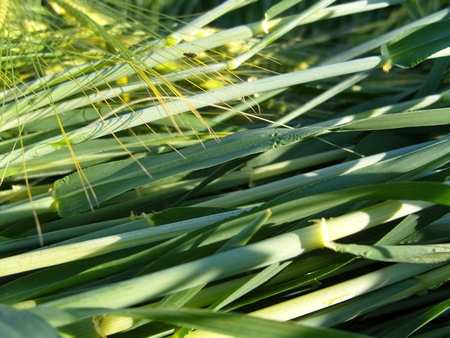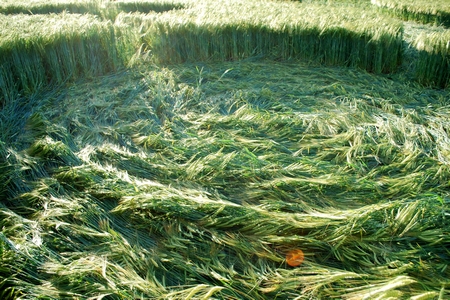 |
||||||||||||||||||||||||
 |
 |
|||||||||||||||||||||||
 |
||||||||||||||||||||||||
 |
 |
 |
 |
|||||||||||||||||||||
| 2015 CIRCLES | 2014 CIRCLES | 2013 CIRCLES | 2012 CIRCLES | |||||||||||||||||||||
|
||||||||||||||||||||||||
 |
 |
|||||||||||||||||||||||

|
Ground Report – Chirton Bottom, Wiltshire 16/06/10This is yet another beautiful location for a crop circle, surprisingly secluded below Redhorn Hill which provides a great vantage point to view this latest and impressive formation.At ground level this crop circle is not the most impressive ever seen in barley in terms of quality of laid crop, but there are many (often inconsistent) aspects within.Throughout the formation there is evidence of thin white lines on the stems of the laid crop. These are often grouped and aligned to the same section of many adjacent stems (see image below) suggesting a mechanical pressure has been applied to flatten the barley. 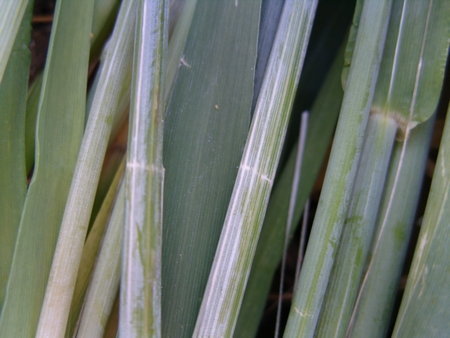 However, these white lines are NOT present in all parts of the formation, indeed, many sections contain whole swathes of laid crop with no apparent damage to any of the stems along their whole length (see below). The overall flow of the crop within this formation appears fluid. Where the laid barley flows in different directions the layered effect can be seen by a ‘raised’ area, sometimes up to a few inches off the ground. In the larger sections wide areas ‘sweep’ across and the seed heads lay beautifully over those laid closer to the ground. 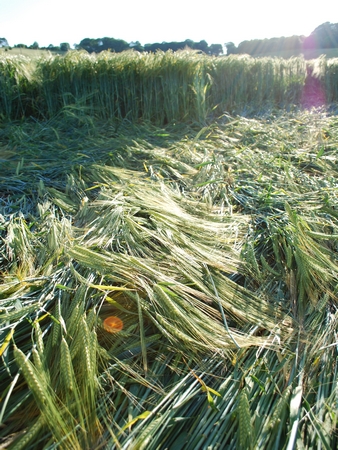 The centres of most of the larger laid circles are unremarkable, showing some splaying of a few stems in one or two cases but nothing which stands out as in some formations. The example shown below is one of the more impressive centres. 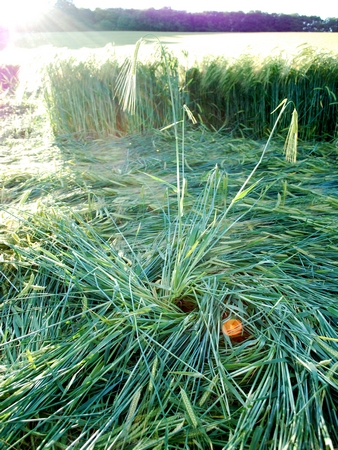 Within the smaller circles which link each of the sections of the formation, generally the crop is very messy and shows considerable damage. This is consistent throughout the formation and although there are other messy areas these smaller circles really stand out. 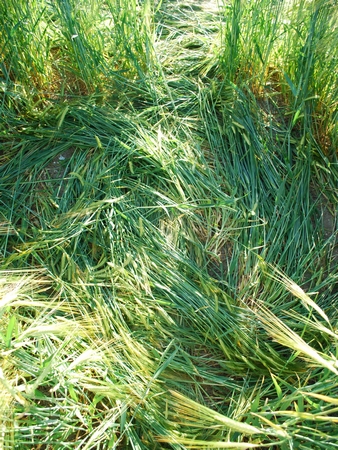 Finally, and perhaps most intriguing of all is the presence of many standing stems throughout this crop circle. There are the usual tufts and bunches of barley stems which appear to have either recovered quickly or have not been laid in the first place, some of which are very impressive (see below). 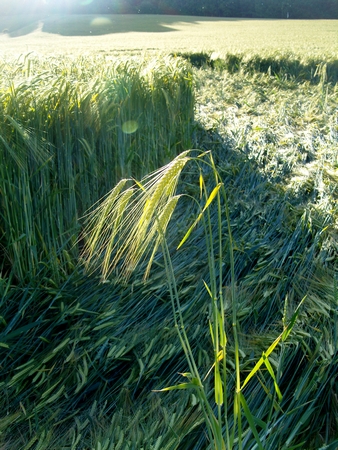 Most interesting though are the WHEAT stems present everywhere, standing proud among the laid barley.Walking through the tramline out of the field it is clear to see that there are many, many wheat stems mixed in with the barley, standing a few inches above the heads of the main crop.It would appear that much of the wheat within the formation has been left untouched by the circle makers in this case and the effect created is fascinating. There are some wheat stems mixed in with the laid crop (see below) but the majority are still standing. It can’t be long until the first formation arrives in wheat, but obviously this type of crop is just not ready yet! 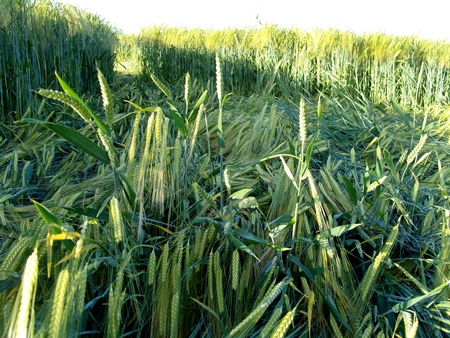 Crop Circle Summary
Alternative Websites |


